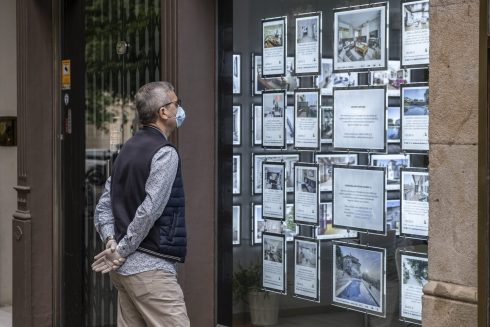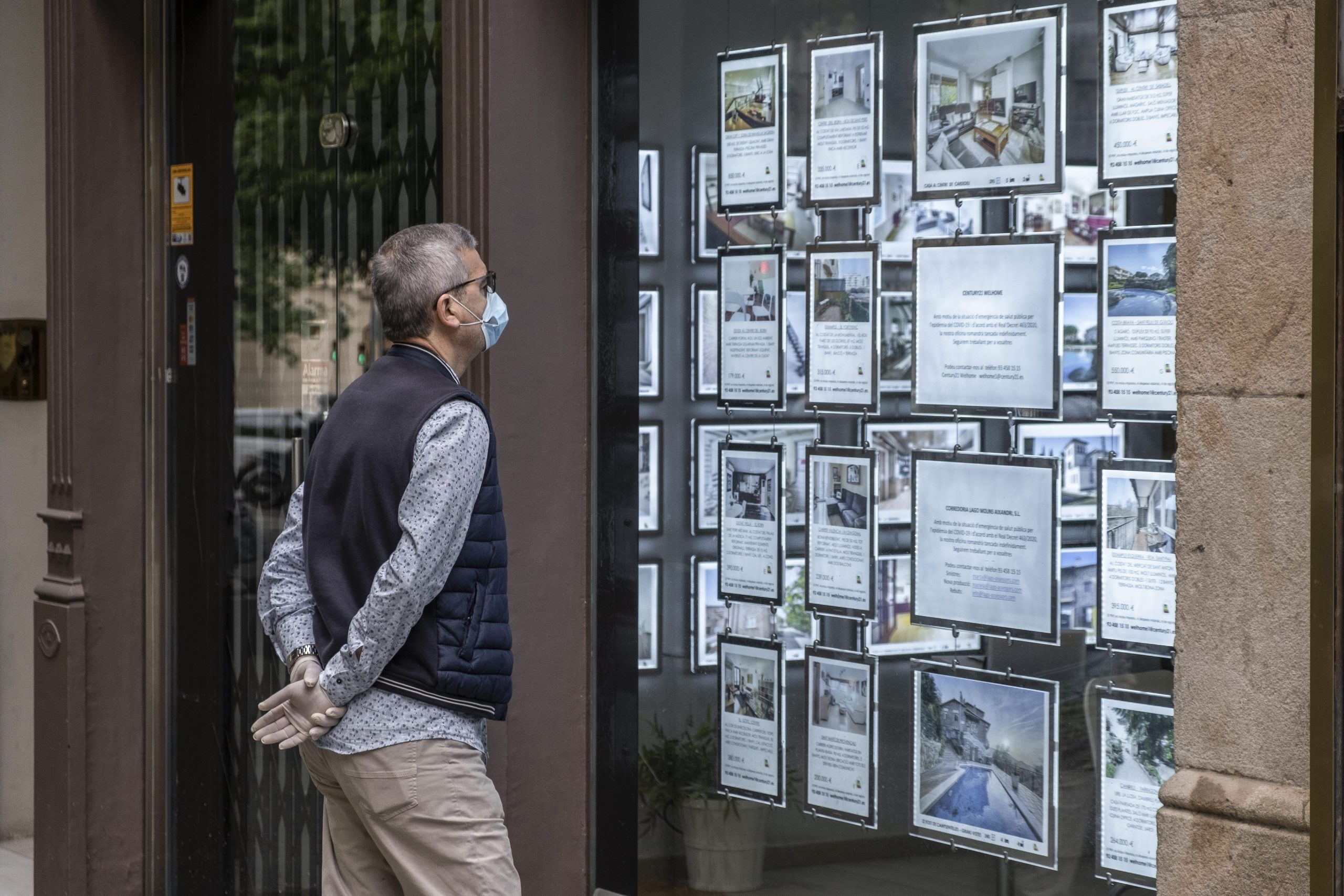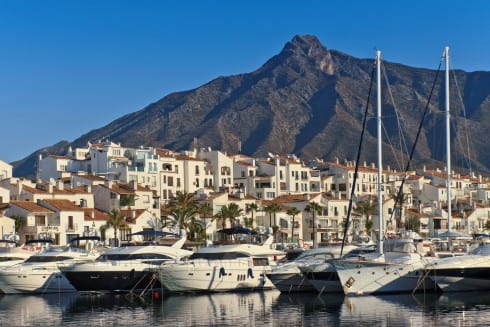UNDER the circumstances, foreign demand for property in Spain recovered reasonably well last year from a deep slump in 2020 that was largely due to the pandemic.
That said, the market is still smaller than it was in 2019, and this year the international market faces a new headwind in the fallout from the war in Ukraine.
As I pointed out in my last column, the Spanish property market overall staged a remarkable recovery in 2021 as home sales increased an annualised 38% nationwide last year, and by almost 20% compared to 2019. But most of that growth was driven by strong local demand, whilst foreign demand failed to recover all the ground it lost over the pandemic year of 2020.
Foreign demand is not an insignificant segment of the Spanish property market. In the last decade foreign buyers have gone from a low of 6% market share in 2011 to a high of 13% in 2016, representing an investment of €8 billion that year if you assume an average purchase price of 150,000€.
By the end of 2021 the foreign market share had fallen to 10.8%, down from 12.5% in 2019. But the truth is that the decline started before the pandemic, with sales falling 4% in 2019 after 9 years of uninterrupted growth.
Then along came 2020 with the coronavirus pandemic. Covid-19 was understandably challenging for foreign buyers, with international travel being hit hard.
Many potential buyers were unable to travel to Spain in 2020, and travel restrictions have lingered to this day.

All things considered it’s remarkable that there were close to 50,000 international sales in 2020, and 61,000 in 2021.
But although foreign buyers increased by 29% last year they were still down 3% compared to 2019. Local demand, in contrast, was up 14% compared to 2019.
By nationality, the British were still the biggest group in 2021, but not as dominant as they used to be.
Ten years ago the UK represented almost 20% of the foreign market for Spanish property, and was almost double the next biggest market every year for more than a decade.
By 2021 the British market share fell to 11%, just ahead of Germany on 10%, and France on 8%.
The UK is now just another big market vying for top spot. The Germans even overtook British buyers in the third quarter of last year – the first time that has ever happened.
Declining British demand is a big reason why the international market failed to make a bigger recovery last year.
British demand recovered a modest 8% in 2021 compared to the pandemic year, and remained 23% below 2019, whilst German demand recovered 58%, and 30% respectively. Brexit is undoubtedly a big part of the explanation for weak British demand, especially the 90/180 rule.
2022 looks like it will be another challenging year for the international market.
The ramifications of Brexit are still unfolding, the pandemic is still a fly in the ointment, and now the war in Ukraine – terrible for those caught up in the conflict – is making everyone nervous.
One conveyancing lawyer reports the market has ground to a halt like the Russian convoy as investors opt to wait and see, whilst other property professionals report business as usual, so it’s too early to tell.
Some muse that the conflict in eastern Europe will increase demand for homes in Spain, which is protected by the Pyrenees and about as far away as you can get in Europe from Russia (by that argument, Portugal is even better placed).
But the conflict could also exacerbate the economic problems caused by the pandemic, with high energy prices pushing up inflation and reducing purchasing power.
Will the conflict reduce the number of buyers from Russia and Ukraine, who numbered 2,000 in 2021 combined, and represented 3.4% of the foreign market, or will it increase their numbers as they flee the region? I expect more will want to move to Spain, but less will be able to do so.

Check out more from Mark Stücklin at Spanish Property Insight for the latest news and analysis to help you navigate the Spanish property market as you buy or sell real estate in Spain.
READ MORE:
- ANALYSIS: The reasons behind Spain’s property boom and what to expect next
- Number of Brits buying property in Spain drops to historic low











